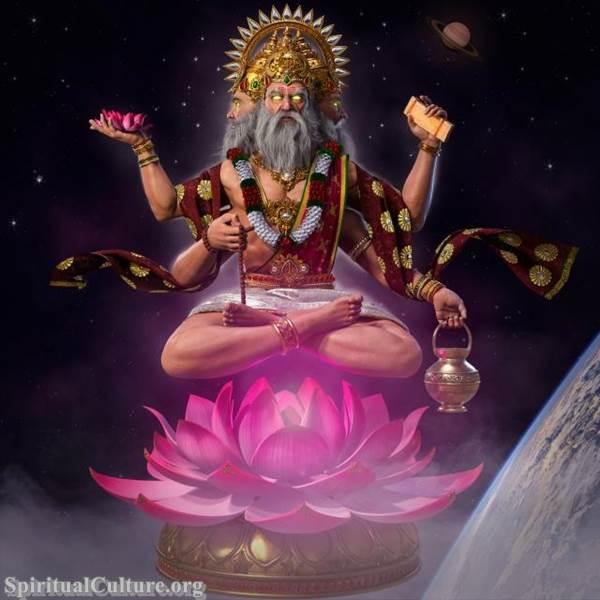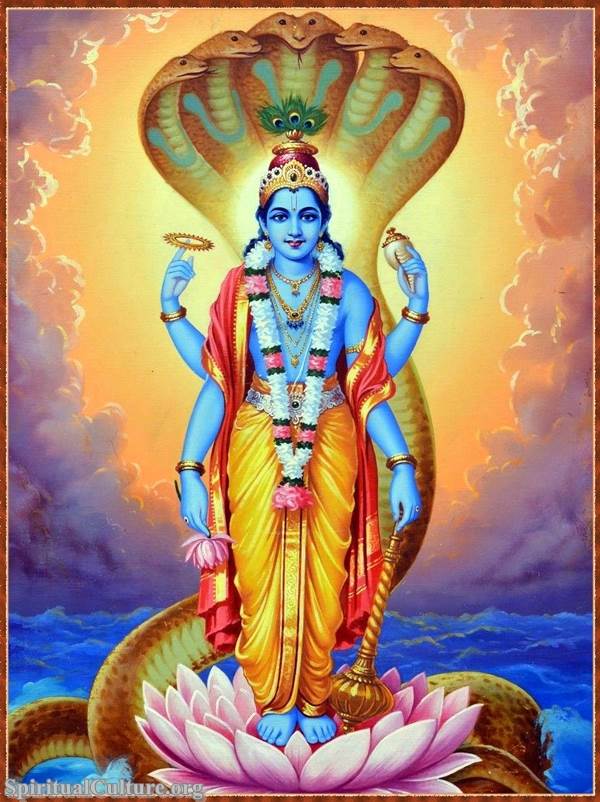Life, in the vision of ancient Hindu wisdom, is not a chaotic string of random events but a divinely designed journey. It unfolds not merely in years, but in stages — each with its own purpose, discipline, and sacred offering. These stages, known as the Four Ashramas, form the spiritual architecture of a human life.
As “Spiritual Culture,” let us walk this path together — from the disciplined dawn of youth to the quiet dusk of renunciation. These stages are not just historical ideals, but living truths — offering insight into who we are, what we are called to do, and how we can live meaningfully in a rapidly changing world.
In this article, we’ll explore each of the Four Ashramas — Brahmacharya, Grihastha, Vanaprastha, and Sannyasa — and how they shape not only the individual but the society and soul of a culture. Together, they reveal a map for spiritual evolution, reminding us that every season of life is sacred.
Brahmacharya – The Stage of Learning and Discipline
The first ashrama, Brahmacharya, is often associated with youth — but its true essence is preparation.
The Sacred Fire of Study
Brahmacharya literally means “one who walks with Brahman,” or the Divine. It’s a period dedicated to education, celibacy, and character formation, traditionally beginning after childhood and lasting until about age 25. Students would live with a guru (teacher), learning not just scripture and philosophy, but humility, ethics, and self-control.
This stage is not merely academic. It’s spiritual training — the grounding of the soul in dharma (righteousness).
“Let the wise listen and add to their learning, and let the discerning get guidance.” — Rig Veda
Celibacy and Self-Mastery
Celibacy here is more than abstinence; it’s the redirection of life-force toward spiritual and intellectual refinement. Like a river dammed to build energy, the student learns to channel desire into discipline, laying the foundation for future responsibilities.
Modern Reflections
Today’s fast-paced education often neglects the soul. Yet, the Brahmacharya ideal reminds us that true learning includes virtues: respect, patience, mindfulness. The goal is not just to get a degree — but to become a wise and anchored being.
Grihastha – The Householder’s Path of Responsibility
Once trained and grounded, one enters Grihastha — the most socially engaged of all stages.
Dharma in Daily Life
The Grihastha ashrama is about family life, career, and contribution. Far from being a distraction from spirituality, it is the field where one’s dharma is enacted. The duties of a spouse, parent, worker, and citizen all find place here.
“One who performs his duty without attachment, surrendering the results unto the Supreme God, is not affected by sinful action.” — Bhagavad Gita 5:10
This stage embraces artha (prosperity) and kama (desire), but always within the framework of dharma. It balances material success with ethical integrity.
The Sacredness of Family
Marriage in Hindu thought is a sacred contract. Raising children is seen as both a privilege and a responsibility — shaping future generations with love and wisdom.
The Grihastha is urged to practice hospitality, generosity, and compassion. In feeding others, in creating wealth ethically, in raising children with dharma — one draws closer to God, even through seemingly mundane tasks.
Relevance Today
Many see household life as spiritually limiting. But Hinduism reverses this — saying: spirituality must thrive in the heart of the world, not just in forests or temples. Our emails, diapers, deadlines — all can be sacred, if done in the right spirit.
Vanaprastha – The Forest-Dweller’s Turning Within
As age and experience deepen, one begins to withdraw — not to escape, but to contemplate.
From Action to Reflection
Vanaprastha marks a time of detachment, generally after children are grown and responsibilities lessen. The name literally means “retiring to the forest,” though not necessarily a literal act. It symbolizes a shift from worldly ambition to inner awareness.
One might still live in society, but with less involvement. Duties are now handed to the next generation. The heart turns toward prayer, scripture, and spiritual counsel.
“As a man casts off worn-out garments and puts on others that are new, so the soul casts off the old body and enters into others that are new.” — Bhagavad Gita 2:22
Mentorship and Wisdom Sharing
This stage is also a time to mentor, to guide others from one’s deep well of life experience. A Vanaprastha becomes a quiet pillar of the community — not seeking praise, but giving presence.
In Today’s Context
Retirement is often seen as loss — of productivity, relevance, identity. But the Vanaprastha vision says: this is your time to grow within, to write, meditate, teach, travel spiritually. It reframes aging as sacred evolution.
Sannyasa – The Renunciate’s Journey to Liberation
The final stage is one of surrender — not to despair, but to the Divine.
Letting Go of All Identity
Sannyasa means renunciation. Here, one gives up all attachments — to possessions, roles, name, ego — to seek only God. The Sannyasi may live as a wandering monk, or may remain in one place — but is inwardly free.
“He who has no attachment can really love others, for his love is pure and divine.” — Sri Ramakrishna
This is the stage of moksha — liberation. It is not about escape, but the culmination of all the stages before. Having fulfilled duties and reflected deeply, one now walks directly toward the Source.
The Inner Flame
The Sannyasi is not an ascetic by default. Some are joyful and socially active. Others live in silence. The common thread is this: they are burning with the fire of God, beyond ambition, beyond sorrow.
They become, in the words of the Upanishads, “like a fire that burns without smoke.”
For Us Today
Few may become formal renunciates. But Sannyasa is also a state of mind. It asks us: Can we live with less? Can we let go — of resentment, of the ego, of fear — even while living in the world?
What This Means for You
Every human life, whatever the religion, moves through seasons. Childhood, responsibility, reflection, release — these aren’t just phases, but spiritual invitations. The Four Ashramas of Hinduism offer a compass for wholeness — showing us how to live with meaning, maturity, and grace.
Whether you are in the midst of building a life or letting one go, the wisdom of the ashramas gently says: You are exactly where you are meant to be — if you walk it with awareness.
So pause. Reflect. Ask yourself:
- Am I learning with integrity?
- Serving with love?
- Releasing with wisdom?
- Seeking with surrender?
The path is not linear, and you may move between stages more than once. That is okay. What matters is not speed, but sincerity.
Let us journey through life not as wanderers, but as pilgrims — walking the sacred path of the Four Ashramas.
With reverence and hope,
Spiritual Culture



